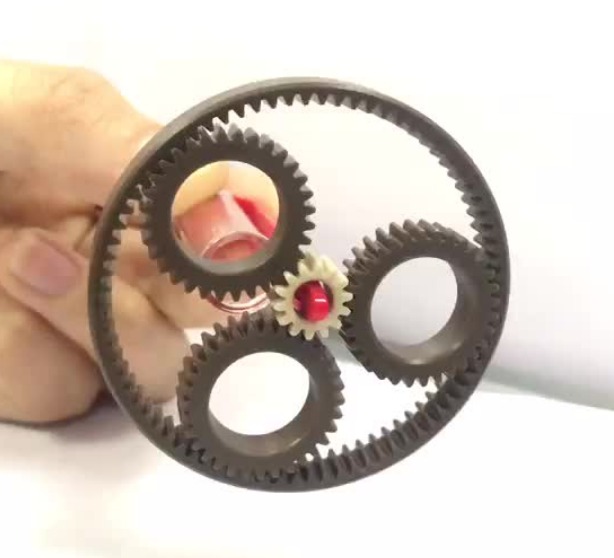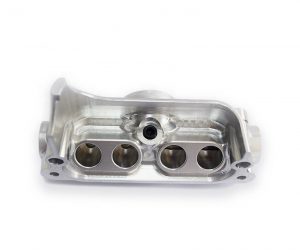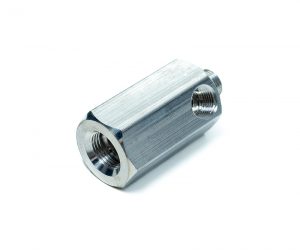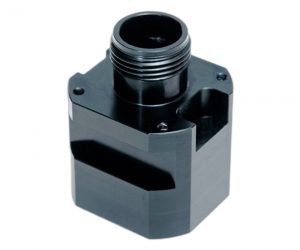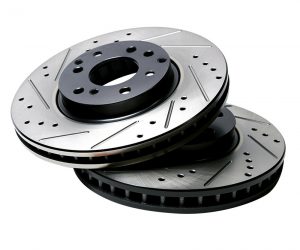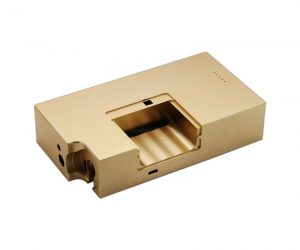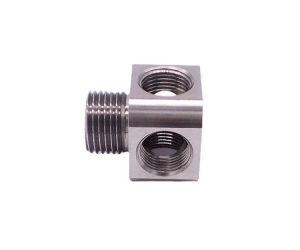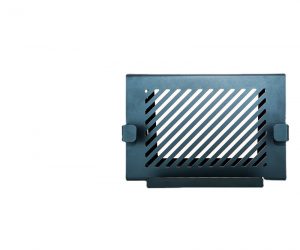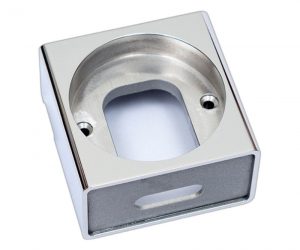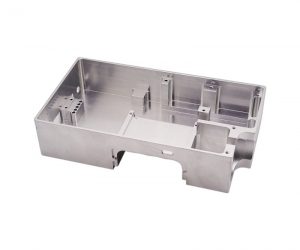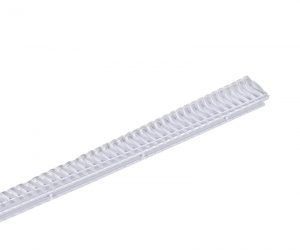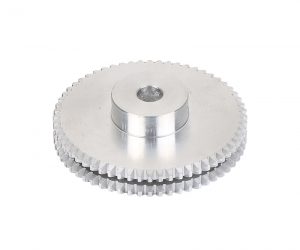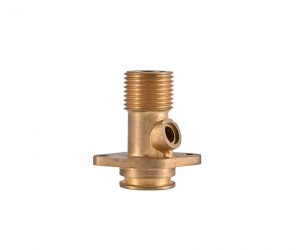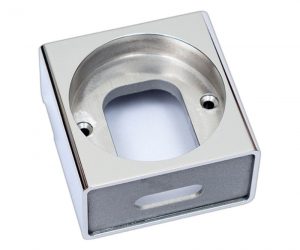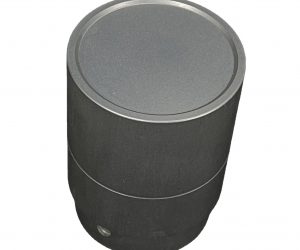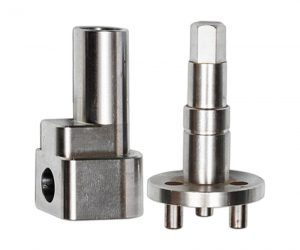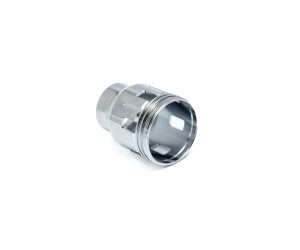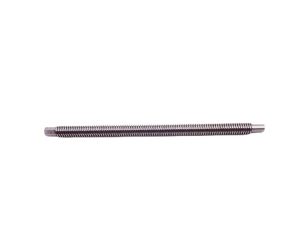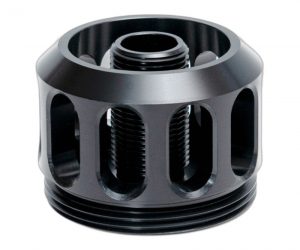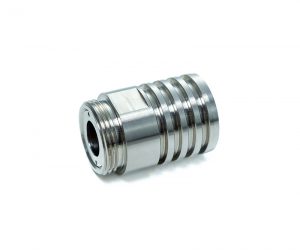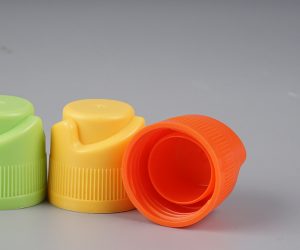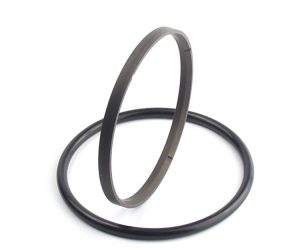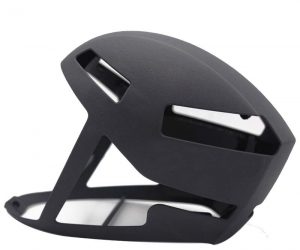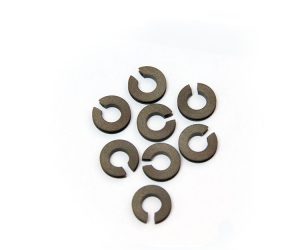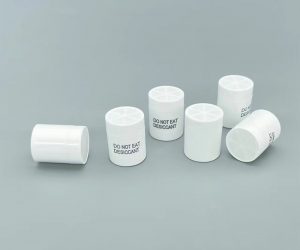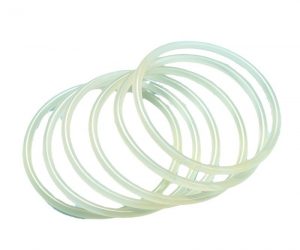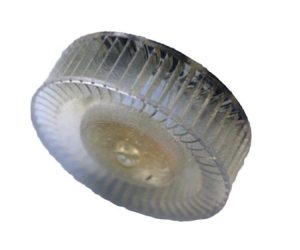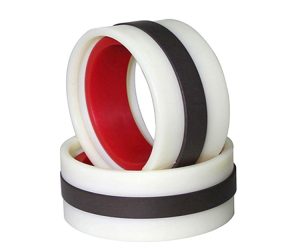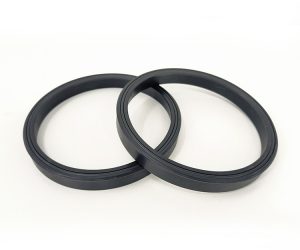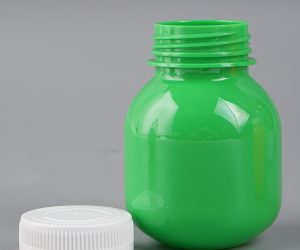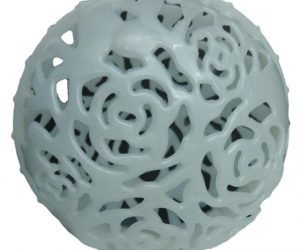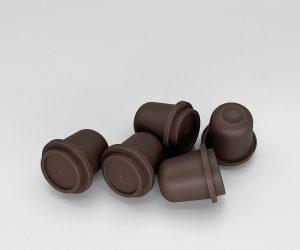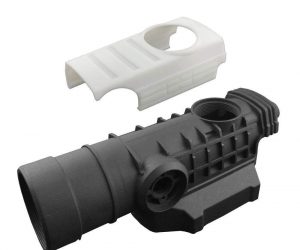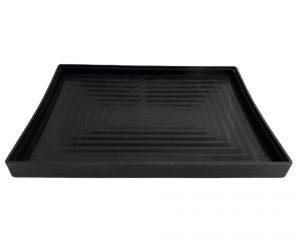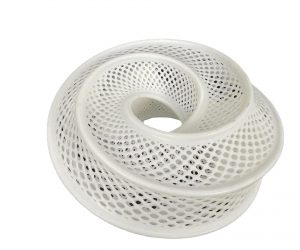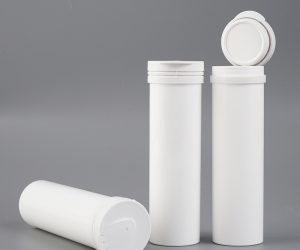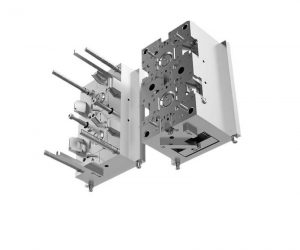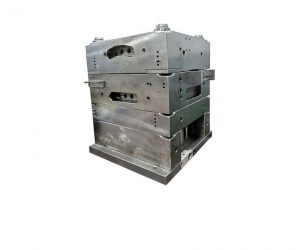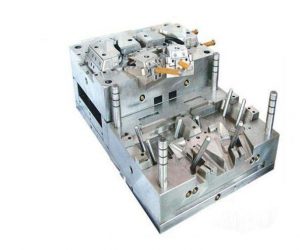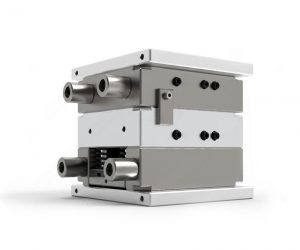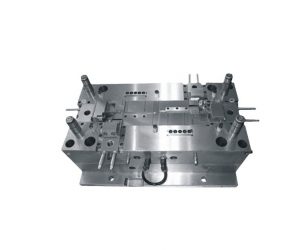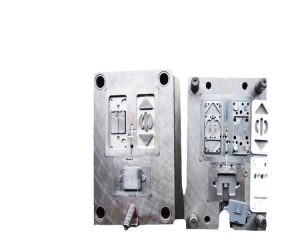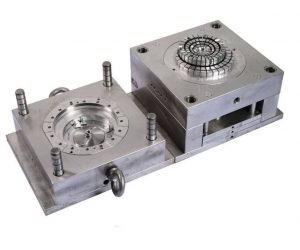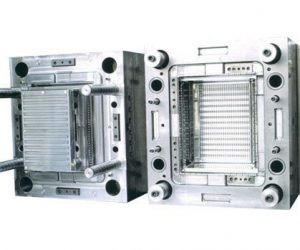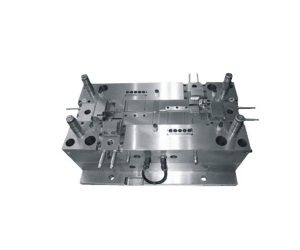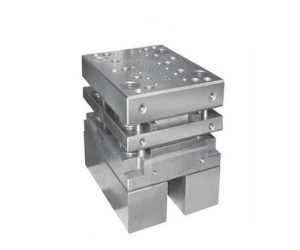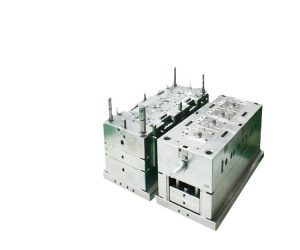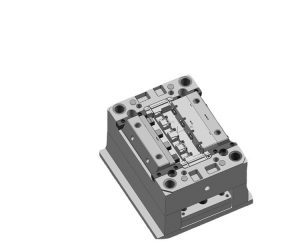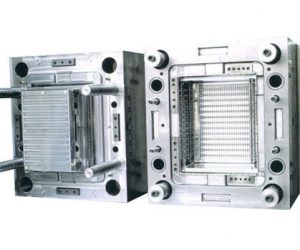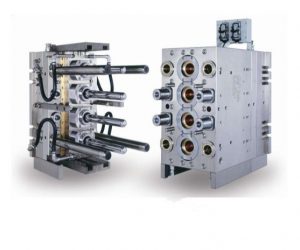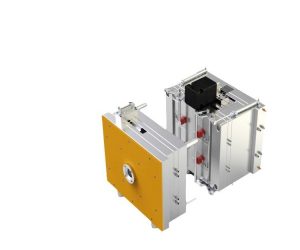dissect the intricate realm of polymeric planetary gear systems, traversing their inherent properties, compositional nuances, and diverse operational contexts with an emphasis on unforeseen complexities and emergent behaviors. We will not merely survey the field, but rather probe its underlying mechanisms, revealing the subtle interplay between material selection, structural design, and manufacturing exigencies that dictate performance and longevity.
Initially, we will scrutinize the operational performance envelope of these gears under a spectrum of environmental stressors. This will extend beyond simplistic analyses of temperature, humidity, and pressure, delving into the non-linear interactions of these variables and their impact on fatigue life, creep behavior, and the insidious onset of tribochemical degradation. The resultant data will be rigorously analyzed to not only identify operational limitations but also to uncover unexpected performance enhancements under specific, and perhaps counterintuitive, conditions.
Subsequently, the material composition itself will be subjected to intense scrutiny. We will move beyond a superficial comparison of common polymers such as polyamide, polyester, and polycarbonate, examining the influence of molecular weight distribution, additive packages (including fillers, lubricants, and UV stabilizers), and the subtle effects of processing parameters on the resultant material properties. Furthermore, the inherent anisotropy of injection-molded components will be addressed, acknowledging its profound impact on stress distribution and ultimate failure modes. The selection criteria will extend beyond simple strength and wear resistance, encompassing considerations of viscoelasticity, chemical compatibility, and long-term dimensional stability under load.
Our exploration will then encompass the diverse topologies of planetary gear systems. While single-stage, multi-stage, and compound configurations will be examined, the focus will shift towards the less-explored realms of hybrid systems, incorporating elements of other gear types or leveraging unconventional kinematic arrangements. The analysis will extend beyond simple working principles and structural descriptions, incorporating advanced modeling techniques to predict dynamic behavior, including resonance frequencies, vibrational damping, and the propagation of micro-cracks under cyclic loading.
Finally, the manufacturing process itself will be deconstructed, revealing the intricate interplay between design for manufacturability, mold design optimization (including considerations of cooling channel geometry and gate placement), injection molding parameters (melt temperature, injection pressure, and hold time), and post-processing techniques. We will address the challenges inherent in achieving consistent part quality, including warpage minimization, residual stress mitigation, and the precise control of critical dimensions. The discussion will conclude with an exploration of advanced manufacturing techniques, such as additive manufacturing and hybrid approaches, and their potential to revolutionize the production of high-performance plastic planetary gears.
Introduction
Ever wondered about those plastic planetary gears everyone’s talking about? They’re super important in lots of mechanical systems because they work well and are really efficient at transmitting power. Today, let’s take a closer look at these cool gears—we’ll talk about what they’re made of, why they’re so awesome, and the different kinds we can find.
Understanding Plastic Planetary Gears
2.1 What Are Plastic Planetary Gears?
Plastic planetary gears are a type of gear system that consists of a central sun gear, multiple planet gears, and an outer ring gear. They work together to provide a balanced distribution of torque and rotational motion. These gears are widely used in applications requiring high gear ratios, compact designs, and precise motion control.
Plastic planetary gears are a unique kind of gear system that sticks to the design principles of planetary gear setups but uses plastic as the main material. Planetary gears, also called epicyclic gears, move around a central gear known as the sun gear. The whole thing works together to make the gear system more effective at transmitting power.
Plastic planetary gears offer several advantages and are used in specific applications where their unique properties are beneficial:
- Lightweight: Plastic materials have a lower density than metal, making plastic planetary gears much lighter. This weight reduction can be advantageous in applications where reducing overall weight is critical, such as in automotive, aerospace, and robotics.
- Low Noise: Plastic gears can operate more quietly compared to metal gears due to their inherent vibration damping properties. The lower noise level makes plastic planetary gears suitable for applications requiring reduced noise emissions, like household appliances or office equipment.
- Self-Lubricating: Some plastic materials used for gears have self-lubricating properties, reducing the need for additional lubrication and maintenance. This characteristic can extend the gear's lifespan and decrease maintenance requirements.
- Corrosion Resistance: Plastic planetary gears are not susceptible to rust or corrosion, making them ideal for applications in wet or corrosive environments.
- Cost-Effectiveness: Plastic gears are generally more cost-effective to produce compared to metal gears, particularly in large-scale production runs.
However, it's important to note that plastic gears have limitations in terms of load-carrying capacity and operating temperatures compared to metal gears. Their use is often limited to applications with moderate loads and temperatures. The selection of plastic planetary gears depends on the specific requirements of the application, considering factors such as the torque, speed, environmental conditions, and desired performance characteristics.
2.2 Advantages of Plastic Planetary Gears
Plastic planetary gears offer several advantages that make them popular in various industries:
a. Compact Design: Plastic planetary gears are known for their compact and space-saving design, making them suitable for applications with limited space constraints.
b. High Gear Ratios: With multiple planet gears engaging the sun gear and the outer ring gear simultaneously, plastic planetary gears can achieve high gear ratios in a compact form factor.
c. Efficiency: Plastic planetary gears provide high mechanical efficiency, resulting in minimal power loss during transmission and improved overall system efficiency.
Planetary Gear Material Selection and System Architectures
The seemingly straightforward selection of materials for planetary gears belies a complex interplay of mechanical properties, environmental constraints, and often, unpredictable operational exigencies. Optimal performance hinges not merely on achieving high strength, durability, and wear resistance, but on a nuanced understanding of the synergistic effects of these properties under dynamic loading conditions. The choice of material is, therefore, a critical design decision that significantly impacts the longevity, efficiency, and ultimately, the reliability of the entire system.
3.1 Material Selection: Beyond the Obvious
While the desiderata of high strength, durability, and low friction are axiomatic, their practical realization demands a more sophisticated approach. Consider, for instance, the influence of temperature gradients on material properties. The coefficient of thermal expansion, often overlooked, can introduce significant stresses and lead to premature failure, particularly in high-power applications. Furthermore, the selection must account for the potential for fatigue cracking under cyclical loading, demanding a detailed analysis of stress concentration factors at critical points within the gear geometry. The material's response to lubrication regimes, including the potential for tribochemical reactions, must also be carefully considered. This necessitates a move beyond simple material property tables and into the realm of sophisticated finite element analysis (FEA) and experimental validation.
3.2 Polymeric Planetary Gears: A Spectrum of Performance
The utilization of polymers in planetary gears presents a unique set of challenges and opportunities. While materials like nylon (polyamide), acetal (POM), and polycarbonate (PC) offer distinct advantages in terms of cost-effectiveness and inherent self-lubrication, their limitations must be carefully weighed.
a. Nylon (Polyamide): The inherent viscoelasticity of nylon introduces time-dependent deformation under load, potentially impacting gear meshing precision over time. Furthermore, its susceptibility to moisture absorption can alter its mechanical properties, necessitating careful consideration of operating environments.
b. Acetal (POM): While acetal's low friction coefficient is advantageous, its creep behavior under sustained load requires careful design to prevent dimensional instability and potential gear train malfunction. The material's sensitivity to certain chemicals also demands a thorough assessment of the application's chemical environment.
c. Polycarbonate (PC): Polycarbonate's superior impact resistance is a significant asset. However, its relatively lower stiffness compared to metals necessitates careful consideration of gear geometry and operating speeds to prevent excessive deflection and wear. The material's susceptibility to UV degradation should also be accounted for in outdoor applications.
Planetary Gear System Architectures: A Taxonomy of Motion Control
The selection of the optimal planetary gear system architecture is intrinsically linked to the application's specific requirements. Each architecture presents a unique set of advantages and disadvantages, demanding a careful evaluation of factors such as torque capacity, speed ratios, efficiency, and compactness.
4.1-4.4 (Spur, Helical, Bevel, Worm Planetary Gears): The descriptions provided previously offer a simplistic overview. A complete analysis requires consideration of factors such as tooth profile modifications, gear manufacturing tolerances, and the influence of lubrication on efficiency and noise levels. Furthermore, the dynamic interactions between the sun, planet, and ring gears introduce complex loading scenarios requiring advanced analytical techniques to accurately predict performance. The inherent limitations of each architecture, such as the susceptibility of spur gears to noise and vibration or the self-locking characteristics of worm gears, must be carefully considered in the design process.
Conclusion: A Path Towards Predictability
The design of high-performance planetary gear systems demands a holistic approach that transcends simple material selection. It necessitates a deep understanding of material behavior under complex loading conditions, a thorough analysis of system dynamics, and a rigorous validation process. Only through such a comprehensive approach can the inherent unpredictability of mechanical systems be mitigated and the design of reliable, efficient, and long-lasting planetary gear systems be achieved. The future of planetary gear technology lies not only in the discovery of novel materials but also in the development of sophisticated modeling and simulation techniques capable of accurately predicting performance under a wide range of operational conditions.
What Are the Different Types of Planetary Gear Systems?
There are several types of planetary gear systems, including spur planetary gears, helical planetary gears, bevel planetary gears, and worm planetary gears. Each type offers unique characteristics and is suitable for specific applications based on factors such as gear ratios, torque capacity, and the need for direction changes or self-locking capabilities.
Planetary gear systems, also known as epicyclic gear systems, come in various configurations to meet different engineering needs. The different types of planetary gear systems are characterized by the arrangement and interaction of their components. Here are some common types:
- Simple Planetary Gear System: This is the basic configuration of a planetary gear system. It consists of three main components: the sun gear at the center, planet gears meshing with the sun gear, and the outer ring gear that encloses the planet gears. The planet gears rotate around the sun gear, while the ring gear remains fixed. This arrangement allows for high gear reduction ratios with compact design.
- Compound Planetary Gear System: In a compound planetary gear system, two or more planetary gear sets are combined to achieve higher gear reduction ratios. The output of one planetary gear set becomes the input to another. This configuration provides greater versatility in achieving specific gear ratios and torque levels.
- Ravigneaux Planetary Gear System: The Ravigneaux gear system is a variation of the compound planetary gear system. It uses two planet gear sets, one inside the other, sharing a common sun gear. This configuration provides multiple output shafts with different gear reduction ratios, making it useful in automotive transmissions.
- Simpson Planetary Gear System: The Simpson gear system is another compound planetary gear configuration with multiple planet gear sets. It uses two sun gears, an internal ring gear, and multiple sets of planet gears to achieve different gear ratios and reverse operation.
- Planetary Gear Train with Idler: In this configuration, an idler gear is added to the basic planetary gear system. The idler gear meshes with both the sun gear and the planet gears, allowing for multiple gear ratios and direction changes.
- Multi-Speed Planetary Gear System: This type of planetary gear system is used in automatic transmissions for vehicles. It combines multiple sets of planetary gears with clutches and brakes to achieve different gear ratios and enable smooth gear shifting.
- Differential Planetary Gear System: Differential planetary gear systems are commonly used in vehicle drivetrains. They allow power to be distributed to both wheels while allowing them to rotate at different speeds during turns.
Each type of planetary gear system has its specific advantages and applications. The choice of the gear system depends on the desired gear ratios, torque requirements, space constraints, and the application's overall performance objectives. Planetary gear systems are widely used in various industries, including automotive, aerospace, robotics, and industrial machinery.
The ascendance of plastic planetary gears marks a paradigm shift in mechanical engineering, transcending the limitations of traditional metallic counterparts. These components, meticulously crafted from advanced polymers such as high-performance nylons, acetal resins, and polycarbonate blends, exhibit a confluence of properties previously unattainable. Their inherent lightness, a consequence of optimized material selection and sophisticated design, renders them indispensable in weight-critical applications – from the aerospace sector's relentless pursuit of fuel efficiency to the automotive industry's ongoing quest for enhanced performance and reduced emissions. Furthermore, these gears demonstrate exceptional resilience, exhibiting remarkable wear resistance and enduring strength, even under the most demanding operational conditions.
The exceptional performance of plastic planetary gears stems from their capacity to achieve exceptionally high gear ratios, a feat facilitated by advancements in polymer science and precision manufacturing techniques. This precision control over power transmission and motion opens up unprecedented possibilities across diverse sectors, ranging from the intricate manipulations of robotic systems and the high-throughput demands of automated manufacturing to the complex power management requirements of emerging renewable energy technologies. Their compact design, a testament to innovative engineering, maximizes spatial efficiency, proving invaluable in applications constrained by physical limitations.
Beyond their mechanical prowess, plastic planetary gears demonstrate a remarkable acoustic profile, operating with significantly reduced noise and vibration compared to their metallic predecessors. This attribute not only enhances the overall operational smoothness but also contributes to extended system lifespan by mitigating wear and tear. Their inherent corrosion resistance further extends their operational longevity, particularly in harsh environments characterized by exposure to moisture, chemicals, or extreme temperatures. Moreover, the self-lubricating properties inherent in certain polymer formulations eliminate the need for external lubrication, thereby simplifying maintenance procedures and reducing operational costs.
The versatility of plastic planetary gears extends to their diverse configurations, encompassing spur, helical, bevel, and worm gear geometries. Each configuration offers a unique set of advantages, carefully tailored to specific applications. Spur gears, renowned for their simplicity and high efficiency, find widespread use across numerous industries. Helical gears, with their superior load distribution and reduced noise characteristics, represent a significant advancement. Bevel gears, adept at altering the direction of rotational motion, are crucial in complex kinematic systems. Finally, worm gears, capable of achieving exceptionally high gear ratios and exhibiting self-locking capabilities, are essential in precision positioning applications.
the transformative impact of plastic planetary gears on mechanical engineering is undeniable. Their superior material properties, lightweight design, high gear ratios, and inherent reliability position them as the preferred choice for applications demanding peak efficiency and performance. Their versatility, coupled with the adaptability of various gear types, ensures their continued dominance and fuels ongoing innovation across a vast spectrum of industries. The future of mechanical systems is inextricably linked to the ongoing refinement and widespread adoption of these remarkable components.
